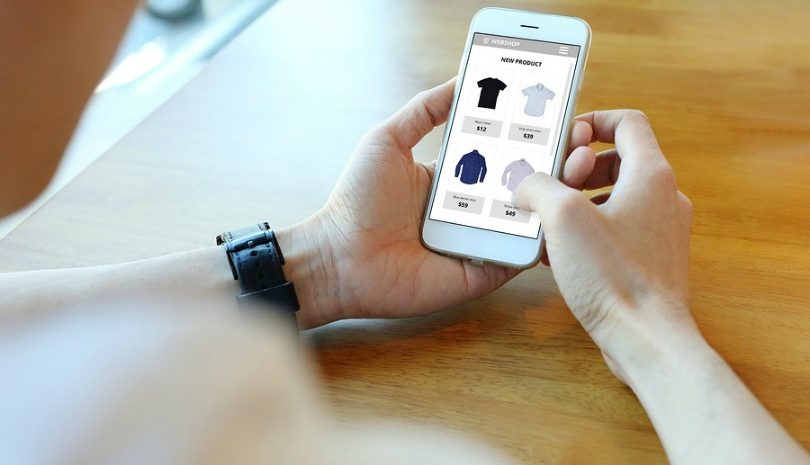Personalisation: “A fine line between convenient and creepy.”

By Lee McClymont
In his novel 1984, George Orwell described a futuristic totalitarian state; not so long ago, Australians were outraged at the concept of a government-led Australia Card for identification.
These concepts seemed ominous at the time, but now the reality is that people opt in to sharing an unprecedented level of personal information every single day, simply by using their smartphone. And shoppers are prepared to allow brands and retailers into their lives and worlds if there is something they value in return.
The difference is this: the people have the power. It’s a subversion of the Big Brother concept Orwell could not foresee.
This year, social media has become a purchase platform, with ‘Buy Now’ buttons on Facebook, Twitter, Pinterest and Instagram. We’ve seen location-based marketing ramp up, with a partnership between Twitter and Foursquare, and Facebook Place Tips allowing commentary and ‘vibe checks’ on locations.
The rise of wearables has shoppers embracing a whole new level of opt-in Big Brotherism, down to how many steps taken in a day, and the quality of brainwaves during sleep.
Fine line
Beacons now make it possible for retailers and brands to target shoppers with their known preferred products when they are close to where the product is available. On-pack and in-product RFID technology makes it possible for brands to track in-home use, and even prompt a shopper when they are running low on an item.
It’s a fine line between ‘convenient’ and ‘creepy’ (back to Big Brother), but it’s fine with shoppers as long as they opt in, and it brings them value.
In the US, luxury retailer Neiman Marcus Group president and CEO Karen Katz spoke at the Globalshop Retail Expo about a technology innovation lab the company uses to determine which technologies to trial for use in its stores. The rule is: “It has to improve customer experience. We’re not interested in technology for its own sake, it has to offer a tangible benefit to the customer.”
The company has launched several customer-focussed digital and technology initiatives, including the Snap. Find. Shop app, which lets shoppers photograph items they like and find the closest match at a Neiman Marcus store.
VR store
Australia has its own fair share of innovation in this space. In May, Myer announced a partnership with eBay to deliver the ‘world’s first virtual-reality department store’. This gives shoppers an online VR view of the department store so they can create wish lists.
Sydney tech startup RainCheck has launched an app that lets shoppers ‘make wish lists come true’ by saving items online, to be reminded via smartphone when they are in a location where the product or service is available.
“For retailers and brands, we are capturing all the online-to-offline (O2O) data points on the customer omni-channel journey to finally close the loop,” Raincheck CEO and co-founder Cameron Wall said.
So now the shopper is driving what they want to share with whom and why, and is prepared to welcome brands and retailers into their worlds in ways that would make Orwell turn in his grave.
Lee McClymont is Board Director at POPAI, Australia and New Zealand. This article first appeared on our sister site, Inside FMCG.
Comment Manually
You must be logged in to post a comment.

No comments